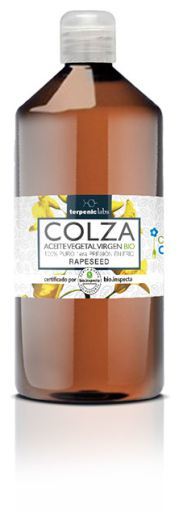








Brassica campestris L., or rapeseed, is an annual plant that grows to 60–140 cm. It is very typical of Europe. The vegetable oil is obtained by cold-pressing its seeds and then filtering them.
The vegetable oil is pale yellow in color and has a slight sulfurous odor. Its dermal absorption rate is medium.
Although it was once rich in euricic acid, today we have different types with low levels of this fatty acid that are used in the food industry.
Contains essential fat-soluble vitamins, minerals and a high content of alpha-linolenic acid.
As can be seen in the lipid profile, there is a proportion between omega 3, omega 6, and omega 9 fatty acids, which makes it very interesting as a nutritional contribution of these essential fatty acids.
Uses and applications:
Cosmetic use:Rapeseed oil is widely used in cosmetics due to its unique lipid profile. It is highly valued for massages and skin nourishment. Recommended for both baby and adult skin.
Massage synergies, nourishing facial and body oil serums, and use in the preparation of macerations for therapeutic purposes are developed.
Oral use:
Rapeseed oil is widely used in cooking. It's ideal for salads, steaming, frying, or making mayonnaise.
Due to its composition of essential fatty acids, vitamins and other nutritional components, it is attributed with benefits for the cardiovascular system.
